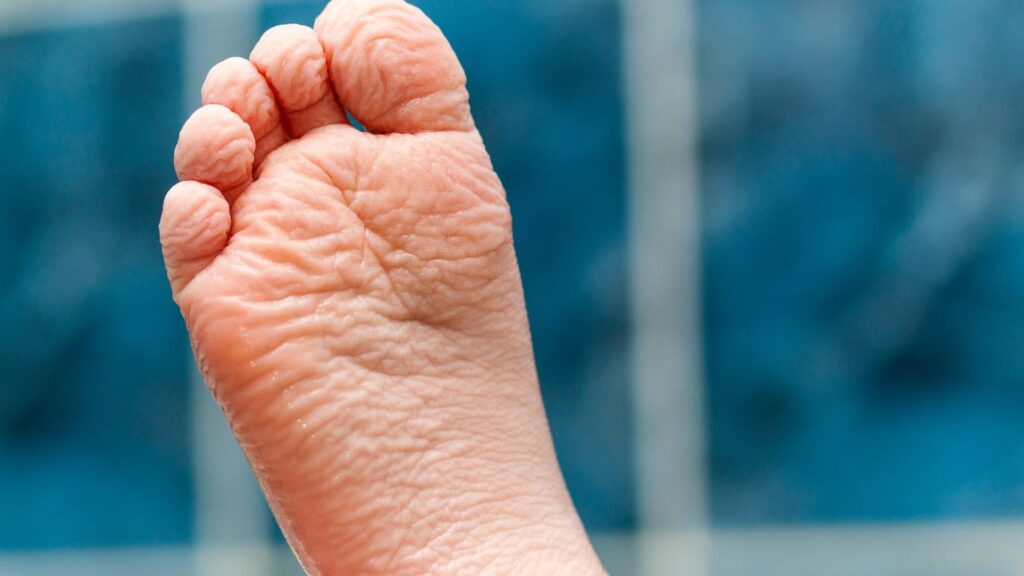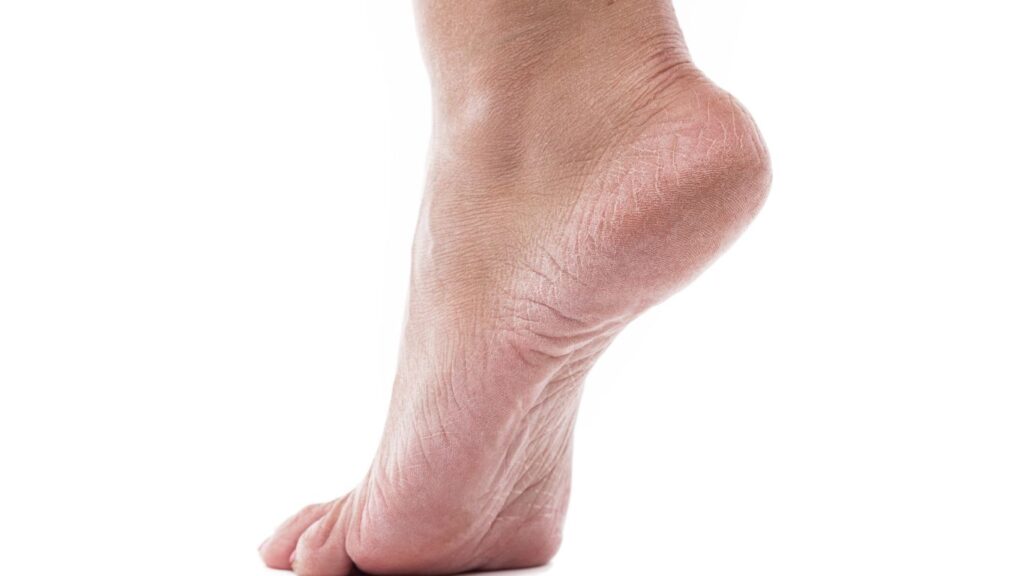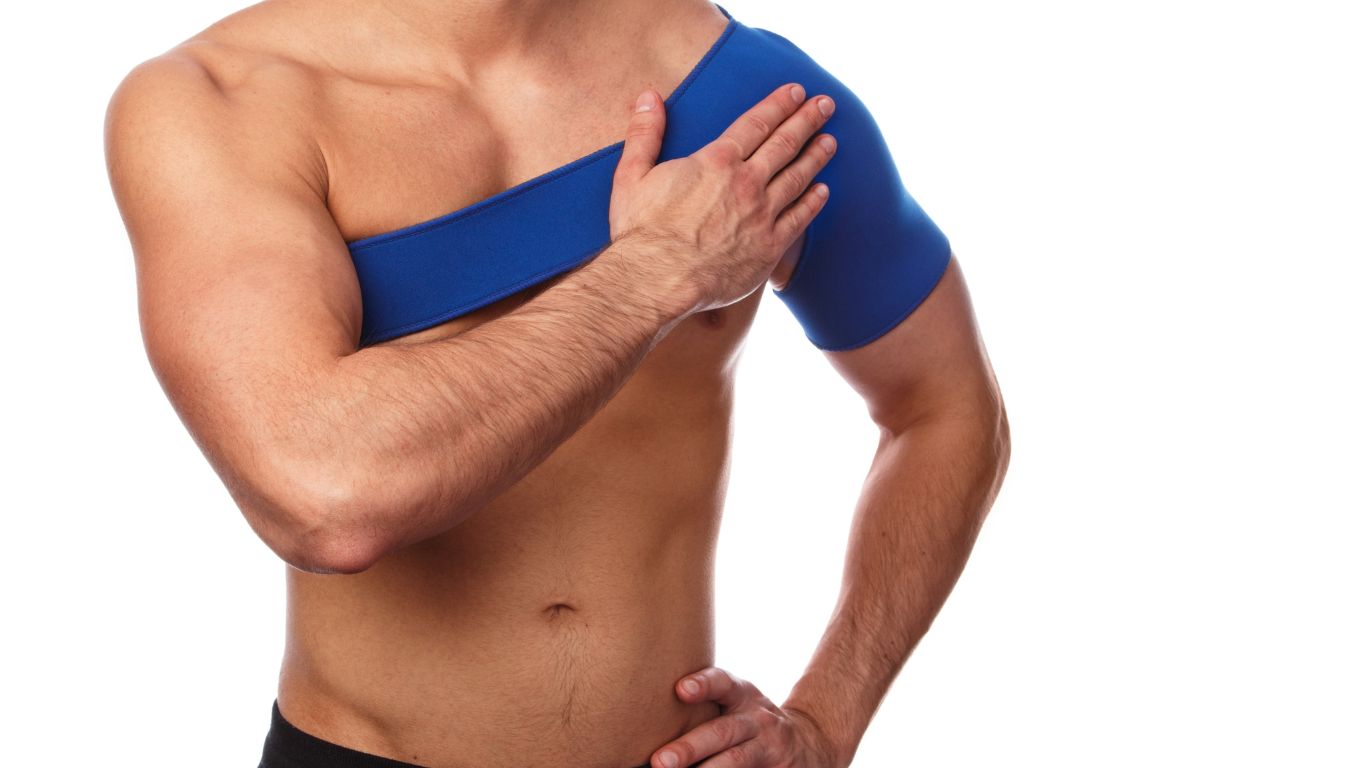An athlete’s foot is an uncomfortable and sometimes unsightly condition that affects many individuals. Here’s what you need to look out for if you suspect you might have athlete’s foot:
Visual Symptoms
The visual symptoms of an athlete’s foot are distinctive. You may notice:
- Redness on the soles of your feet or in between your toes.
- Skin that looks flaky or scaly can sometimes be mistaken for dry skin.
- Itching and burning sensations exacerbate when you remove your shoes and socks.
- Peeling or cracking skin gives the appearance of a rash.
- Blisters may ooze and lead to raw, exposed skin areas, indicating a more severe infection.
These symptoms primarily manifest in some regions of the foot:
Commonly Affected Areas
Athlete’s foot tends to appear in specific parts of the foot, such as:
- The spaces between your toes, with the area between the fourth and fifth toes often being the most affected.
- Across the soles of your feet where sweat might accumulate.
- On the sides of your feet, the skin may come into contact with infected surfaces or footwear.

Prevention Tips
To prevent athlete’s foot, practice the following habits:
- Dry your feet thoroughly after washing them, especially the spaces between your toes.
- Regularly change your socks and choose shoes that provide breathability.
- Use protective footwear like sandals in communal wet areas.
- Apply antifungal powders or sprays if you are prone to infections.
- Maintain personal hygiene by not sharing footwear or towels to prevent transmission.
- Manage foot moisture with powders and moisture-wicking socks.
Diagnosis Confirmation
If you notice the symptoms mentioned above:
- Observe the affected area for the classic signs of athlete’s foot.
- Be aware of any itching or burning sensations.
- Seek a professional diagnosis from a healthcare provider.
- A medical exam, including an analysis of skin samples and possibly using a wood lamp, may be utilized to detect fungi.
- Your medical history can be integral to an accurate diagnosis.
- Follow through with the recommended treatment regimen provided by healthcare professionals.

Treatment Options
For treatment, the following options are available and may be suggested by healthcare providers:
- Topical Antifungal Creams: These are applied directly to the affected areas and are often the first line of treatment.
- Oral Antifungal Medications: Pills are prescribed for more severe cases where topical treatments are insufficient.
- Foot Soaks: Using medicated solutions can provide relief and aid in the healing process.
Treating an athlete’s foot quickly and effectively relieves discomfort and prevents the spread of infection. Recognize the symptoms, take preventative measures, and adhere to the treatment plan recommended by healthcare professionals to keep your feet healthy and free from disease.









